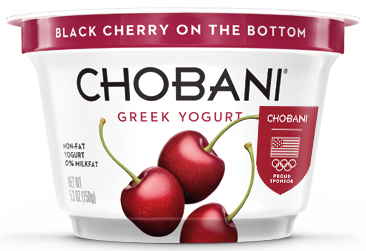Our society values success.
Our work environments value triumphing over the competition. We look to our investments to beat the market. We support our favorite teams, but adore them when they trounce their rivals. Our schools and colleges (mostly) help educate our children, but do so in a way that rewards success — good grades, good test scores and good behavior (as in, same as everyone else). We continually reward our kids for success on a task, at school, with a team.
Yet, all of us know, in our hearts and the back of our minds, that the most important lessons and trials stem from failure — not success. From failure we learn to persevere, we learn to change and adapt, we learn to overcome. From failure we learn to avoid, or tackle obstacles head on; we learn to reassess and reevaluate. We evolve from our failures.
So this begs the question: why are so many of our processes and systems geared solely to rewarding and reinforcing success?
From NPR:
Is failure a positive opportunity to learn and grow, or is it a negative experience that hinders success? How parents answer that question has a big influence on how much children think they can improve their intelligence through hard work, a study says.
“Parents are a really critical force in child development when you think about how motivation and mindsets develop,” says Kyla Haimovitz, a professor of psychology at Stanford University. She coauthored the study, published in Psychological Science with colleague Carol Dweck, who pioneered research on mindsets. “Parents have this powerful effect really early on and throughout childhood to send messages about what is failure, how to respond to it.”
Although there’s been a lot of research on how these forces play out, relatively little looks at what parents can do to motivate their kids in school, Haimovitz says. This study begins filling that gap.
“There is a fair amount of evidence showing that when children view their abilities as more malleable and something they can change over time, then they deal with obstacles in a more constructive way,” says Gail Heyman, a professor of psychology at the University of California at San Diego who was not involved in this study.
But communicating that message to children is not simple.
“Parents need to represent this to their kids in the ways they react about their kids’ failures and setbacks,” Haimovitz says. “We need to really think about what’s visible to the other person, what message I’m sending in terms of my words and my deeds.”
In other words, if a child comes home with a D on a math test, how a parent responds will influence how the child perceives their own ability to learn math. Even a well-intentioned, comforting response of “It’s OK, you’re still a great writer” may send the message that it’s time to give up on math rather than learn from the problems they got wrong, Haimovitz explains.
Read the entire story here.

 OK, so I am thoroughly addicted to yogurt (or yoghurt, for my non-US readers). My favorite is the greek yogurt Fage, followed by an Aussie concoction called Noosa.
OK, so I am thoroughly addicted to yogurt (or yoghurt, for my non-US readers). My favorite is the greek yogurt Fage, followed by an Aussie concoction called Noosa.  Dopamine is one of the brain’s key signalling chemicals. And, because of its central role in the risk-reward structures of the brain it often gets much attention — both in neuroscience research and in the public consciousness.
Dopamine is one of the brain’s key signalling chemicals. And, because of its central role in the risk-reward structures of the brain it often gets much attention — both in neuroscience research and in the public consciousness.